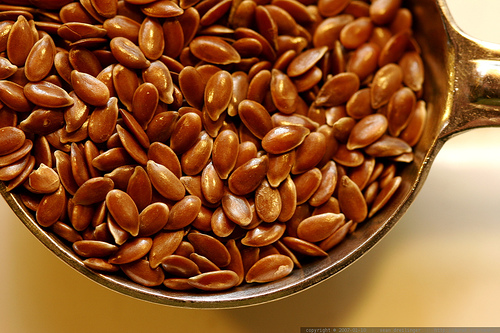
Veganism has grown by 500% in the US and many would argue that if it hasn’t grown faster, it is simply because of the misconception that a meat-free diet is inherently more expensive.
Even organizations like PETA recognize that a vegan lifestyle can be more expensive than an omnivore one. Of course, how much you spend depends on the extent to which you rely on prepared foods (think veggie burgers or vegan mock minced meat) and on how much junk food you used to eat before.
Vegetable ingredients such as rice, dried beans, tofu etc. are much cheaper than meat. Thus, 250gr of chicken would set you back over $3 while the same weight of rice costs less than a dollar. Veganism becomes expensive when convenience sets in and buyers expect ready-made meals they simply have to heat up to enjoy.
However, doing so negates many of the benefits of this diet (which include a lower risk of cardiovascular disease and obesity). To live a vegan lifestyle on a budget, the main attributes to go for when shopping are seasonality, wholeness, and simplicity.
Growing Food at Home
You don’t need a big backyard to save considerably on healthy foods. Of the many fruits and vegetables you can opt for, one of the easiest to grow, are sprouts – referred to by best-selling author Leslie Kenton as “an almost perfect food”.
Kenton notes that “When a seed, pulse or grain begins to germinate, it becomes a wondrous energy factory, producing vast amounts of essential nutrients. For instance, the vitamin E content of wheat grains – already one of the best sources in nature – increases up to three times upon sprouting. The B2 content of oats rises by at least 1300 percent.”
In essence, sprouts enable our body to absorb nutrients to a greater extent and are rich in chlorophyll (necessary for the production of hemoglobin: a molecule that carries oxygen and is key to optimal cell functioning).
You will probably be surprised by how easy it is to grow sprouts (most of which take just three days from seed stage to your plate). You can do much better than alfalfa; think lentils mung beans, chickpeas and a plethora of other seeds.
Aeroponics: A Home-Grown Salad
Aeroponics, which rely on a home-made or bought ‘tower garden’, can take as little as one meter squared of space, yet can help you grow up to 44 plants at the same time.
Aeroponics differs from hydroponics, aquaponics, and other systems, in that the roots of produce are not immersed in water or soil; they simply dangle in the air and are provided with nutrition through a natural mineral solution that ‘drizzles’ water over the vegetables.
You can build your own aeroponics system for under $50 though you will find online aeroponic DYI instructions that will set you back as little as $15 for a very simple system.
Opting for Whole Grains Over Processed Foods
Vegan burgers can be pricey; Superiority Burgers in New York, for instance, sells their signature burger for $6. Add a drink and dessert to your order and you will be spending around $60 for a family of four. Five entire bags of red beans, however, the main ingredient of many popular veggie burgers, will set you back around $8.68.
With just one bag you can feed the same family at just a fraction of the cost. You don’t have to limit your budgeting to meals you prepare yourself. If you are hiring a vegan chef for a catered party or event, do ask them to work from scratch. Vegan burgers and meatballs are a cinch to make and often so delicious, guests don’t even know they are meat-free.
Eating Seasonally is Key
When buying produce, try to steer clear of your favorites and buy what is in season and abundant, since prices tend to be lower. The US Department of Agriculture provides a handy list of fruits and veggies which are most and least expensive.
Fresh watermelon, for instance, costs around 10 times less than a fruit like canned cherries in syrup. Of course, it is also much healthier, since it is free of sugary syrup, which shunts too much glucose into the human system and which is a major cause of lifestyle-related diseases such as Type 2 diabetes.
We have provided just a few instances of ways to go vegan while sticking to a budget, but there are many more ways you can discover yourself by giving it a go.
As you meet other vegans, begin visiting farms and markets to cut middleman costs, and begin to expand your recipe base, you will find that the cheapest way to eat meat-free, is to cook traditional meals from scratch which may take more time, but which are worth every bite full of flavor.





